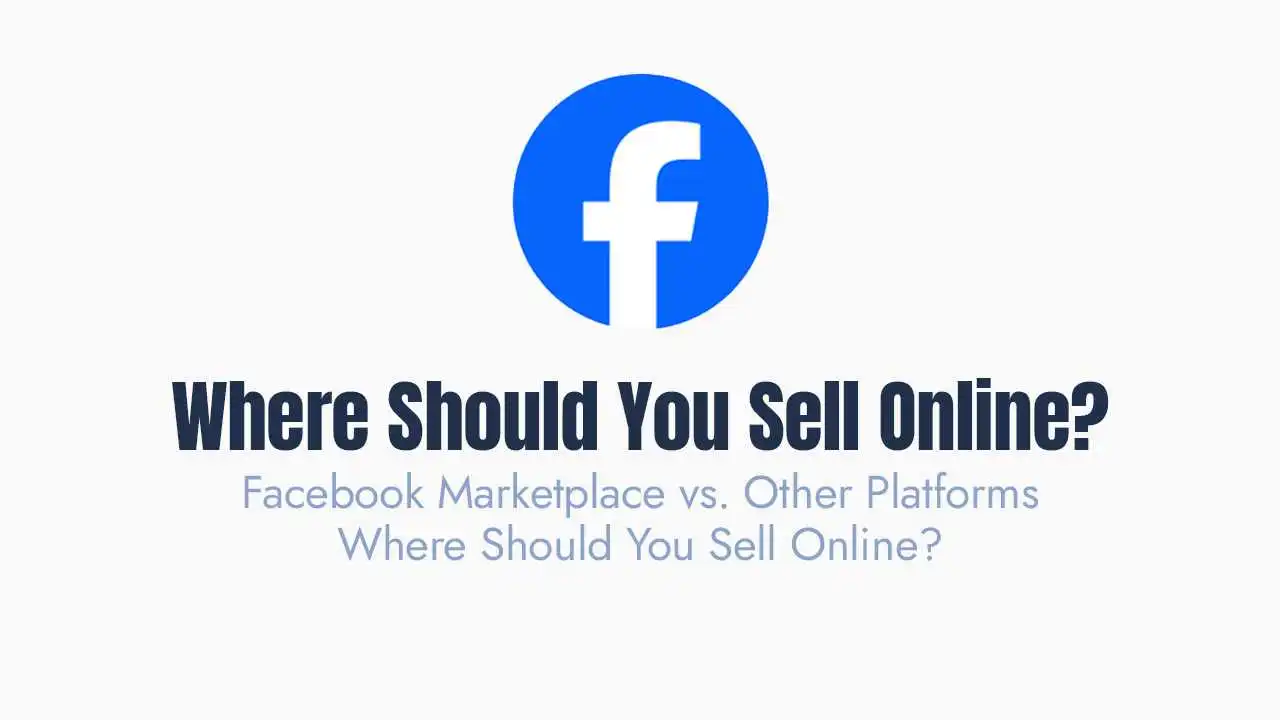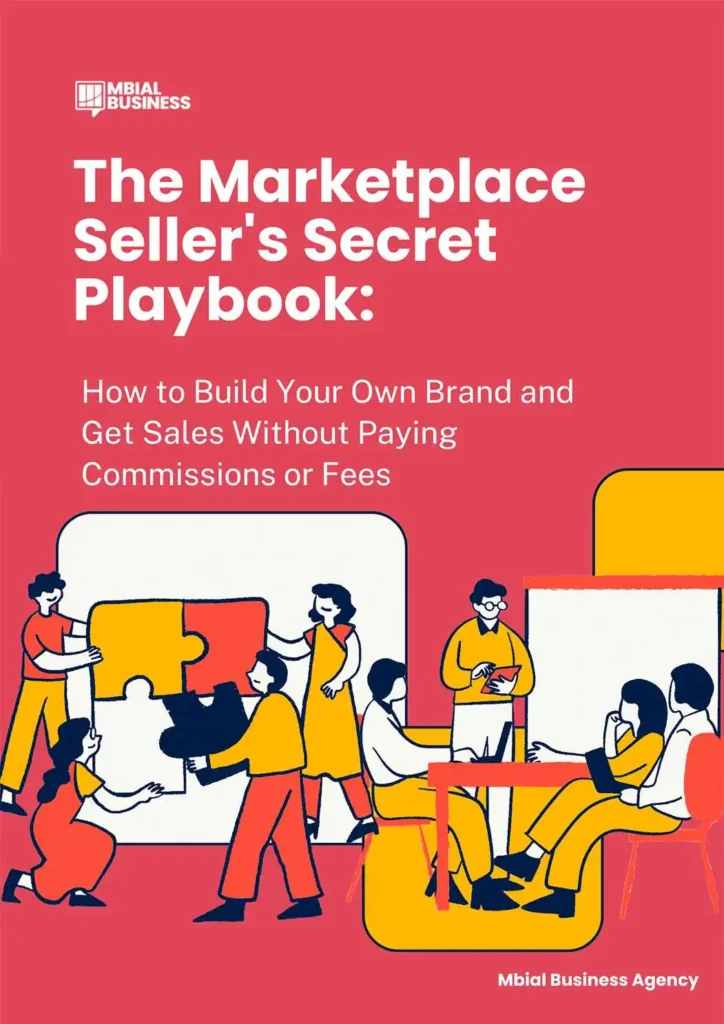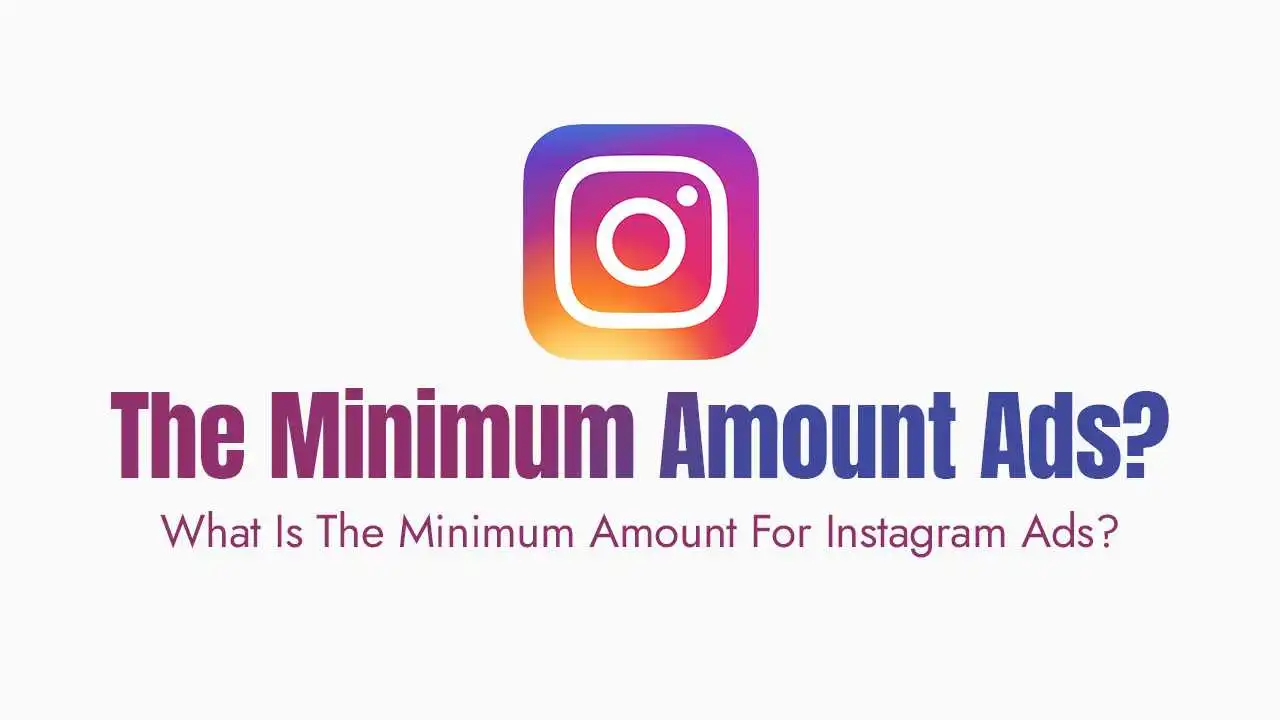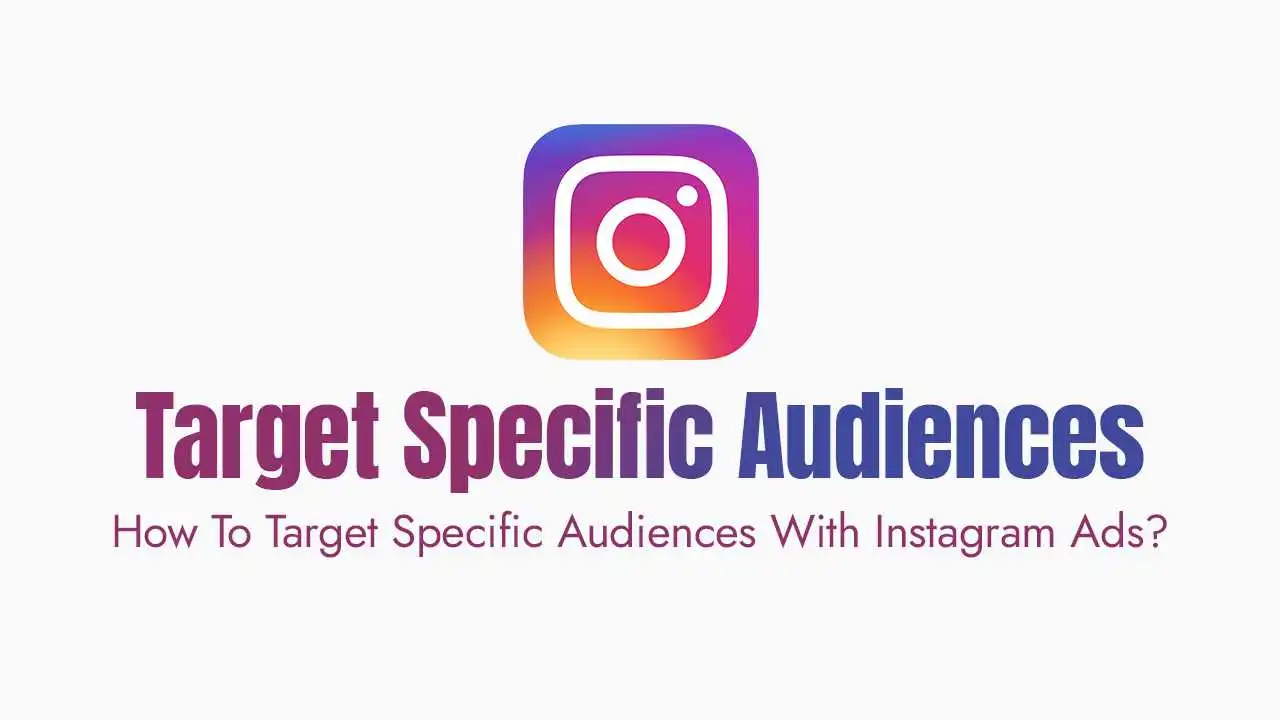Get your FREE copy of “The Marketplace Seller’s Secret Playbook” and unlock the hidden strategies to:
How Does Facebook Marketplace Compare to Other Selling Platforms?
What are the Main Differences Between Facebook Marketplace and eBay?
Facebook Marketplace Key Characteristics:
Audience: Primarily local buyers, leveraging existing Facebook connections and groups. Casual sellers, individuals, and small businesses.
Transaction Model: Direct messaging between buyer and seller to arrange pickup/delivery. Option for shipping. Often cash on delivery or peer-to-peer payment apps (e.g., PayPal, Venmo, Cash App). No direct payment processing by Facebook for most transactions, though some direct integrations exist.
Fees: Generally no listing or selling fees for personal listings. For Shops/Business, fees can apply.
Product Focus: Used items, furniture, vehicles, local services, crafts, but also new items from small businesses.
Trust: Relies on Facebook profiles and mutual friends, but also prone to scams due to less formal structure.
eBay Key Characteristics:
Audience: Global buyers and sellers, often looking for collectibles, electronics, fashion, and unique items. Both individuals and large enterprises.
Transaction Model: Auction or fixed-price sales. Integrated payment processing via eBay Managed Payments. Buyers bid or “Buy It Now.”
Fees: Listing fees (free for a limited number of listings per month) and final value fees (a percentage of the sale price, including shipping, typically 10-15%).
Product Focus: Wide range, from rare collectibles to new electronics, used goods, and vehicle parts.
Trust: Robust buyer and seller protection programs, feedback system, and dispute resolution process.
My Take:
Is it Better to Sell on Facebook Marketplace or Etsy?
Facebook Marketplace:
Audience: Broad, general public on Facebook. Not necessarily looking for unique artisan goods specifically.
Fees: Generally free for individual listings.
Focus: Used items, local sales, general consumer goods.
Branding: Very limited branding capabilities. Your listing is just one among many.
Etsy Key Characteristics:
Audience: Highly targeted audience specifically seeking handmade, vintage, and creative goods. Buyers are often willing to pay a premium for unique items.
Fees: $0.20 listing fee per item (lasts 4 months or until sold), plus 6.5% transaction fee on the item price + shipping, plus payment processing fees.
Focus: Crafts, art, personalized gifts, vintage items, digital prints, jewelry.
Branding: Allows for shop branding, banners, and an “About” section to tell your story, fostering a connection with buyers.
My Take:
Facebook Marketplace vs. Craigslist: Which is Better for Local Sales?
Facebook Marketplace:
User Base: Leveraging Facebook’s massive user base (billions globally), making it easy to find local buyers.
Visuals: Highly visual, with large photos and a feed-like experience.
Communication: Integrated messaging through Messenger, making communication convenient.
Trust: Connected to real Facebook profiles (though these can be fake), offering some level of perceived accountability.
Safety: While convenience is high, meeting strangers always carries risk. Public meeting spots are recommended.
Craigslist Key Characteristics:
User Base: Still has a significant user base, but often perceived as less active or modern than Marketplace.
Visuals: Text-heavy listings with smaller images. Less emphasis on aesthetics.
Communication: Email relay (anonymous) or phone numbers, which can be less immediate.
Trust: Highly anonymous, making trust a bigger concern. More prone to scams due to anonymity.
Safety: Similar to Marketplace, highly dependent on safe meeting practices.
My Take:
How Does Facebook Marketplace Compare to Poshmark for Fashion?
Facebook Marketplace:
Audience: General public on Facebook. Fashion-specific discovery is less refined.
Fees: Generally free for individual listings.
Focus: Any item, including used clothing, but without the dedicated fashion community.
Social Features: Limited to basic likes and comments on listings.
Poshmark Key Characteristics:
Audience: Dedicated community of fashion enthusiasts, actively buying and selling clothing, shoes, accessories, and some home goods.
Fees: Takes a 20% commission on sales over $15, and a flat $2.95 for sales under $15. Shipping is typically paid by the buyer at a flat rate set by Poshmark.
Focus: Specific to fashion, with a strong emphasis on brands, trends, and peer-to-peer interaction.
Social Features: Highly social, with “Posh Parties,” sharing, following, and commenting on “closets.” Sellers curate their “closet.”
My Take:
What are the Pros and Cons of Each Platform?
| Feature | Facebook Marketplace | eBay | Etsy | Craigslist | Poshmark |
| Pros | – Free listings | – Global reach | – Targeted artisan/vintage audience | – Free listings (mostly) | – Targeted fashion audience |
| – Huge local audience | – High buyer trust/protection | – Built-in community, brand building features | – Simple, anonymous | – Strong social features | |
| – Easy communication (Messenger) | – Diverse product categories | – High value for unique items | – Good for large local items | – Pre-paid shipping labels | |
| – Quick sales for local items | – Auction & Buy It Now options | – SEO benefits within marketplace | – Direct cash transactions | – Active community, “Posh Parties” | |
| Cons | – Less formal buyer/seller protection | – High fees (listing & final value) | – Fees can add up ($0.20 listing + 6.5% transaction) | – Less modern interface | – High commission (20%) |
| – Scams can be an issue | – Intense competition | – Can be competitive for saturated niches | – High anonymity = higher risk | – Limited to fashion/home goods | |
| – Limited shipping integration (unless shops) | – High shipping costs/complexity (international) | – Need to drive external traffic | – Less traffic than FBM | – Flat-rate shipping cost for buyers | |
| – No direct payment processing | – Can be complex for beginners | – Slow sales for non-trending items | – Spam/scams common | – Requires social engagement | |
| – Limited branding | – Less control over customer relationship | – Strict rules for “handmade” | – Poor visuals | – Relies on specific shipping method |
What are the Key Considerations When Choosing a Platform?
What Kind of Products Are Best for Each Platform?
Facebook Marketplace: Large, bulky items (furniture, appliances, vehicles) for local pickup. Used electronics, general household items, basic crafts, local services. Good for quick turnover.
eBay: Collectibles, rare items, electronics, brand-name used goods, international shipping items. Anything that benefits from auction dynamics or a broad global audience.
Etsy: Handmade goods, unique art, vintage items, personalized gifts, craft supplies, digital art. Products where the story and craftsmanship are part of the value.
Craigslist: Very local, very large items where shipping is impractical (e.g., used cars, heavy machinery, free items). Niche local services.
Poshmark: Used and new brand-name clothing, accessories, shoes, handbags, beauty products, and select home goods. Ideal for fashion resellers.
How Do Transaction Fees and Selling Costs Compare?
Facebook Marketplace: Primarily free for individual listings. Some business features/shops may have fees. This is its biggest cost advantage.
eBay: Generally charges a listing fee (after free limits) and a final value fee (percentage of total sale, including shipping).
Etsy: Charges a listing fee ($0.20), a transaction fee (6.5% of total sale), and payment processing fees.
Craigslist: Mostly free to list, though some categories (like cars) may have a small fee.
Poshmark: Charges a flat $2.95 for sales under $15, and a 20% commission on sales $15 and over.
How Do Shipping and Logistics Differ Across Platforms?
Facebook Marketplace: Primarily local pickup. For shipped items, you’re usually responsible for arranging and paying for shipping yourself, calculating costs, and packaging. Facebook offers a limited shipping option for some categories, but it’s not as integrated as other platforms.
eBay: Highly integrated shipping tools. You can print labels directly, use calculated shipping, and offer various services. Global shipping is common.
Etsy: Integrated shipping label purchase and calculated shipping options. Often emphasizes packaging unique to handmade goods.
Craigslist: Almost exclusively local pickup. No shipping functionality.
Poshmark: Highly streamlined. Buyer pays a flat shipping fee, and Poshmark provides a pre-paid, pre-addressed USPS Priority Mail label. Sellers just pack and drop off.
What Are the Safety Considerations for Each Platform?
Facebook Marketplace & Craigslist: Highest safety risk due to direct, in-person meetings, often involving cash. My strong recommendation is always to meet in well-lit public places, bring a friend, and let someone know where you’re going. Avoid meeting at personal residences if possible.
eBay, Etsy, Poshmark: Generally safer as transactions are typically online and involve shipping. Payments are processed securely through the platform. Risks primarily involve shipping issues, fraudulent claims, or receiving fake items (for buyers), but personal safety is less of a concern. These platforms have robust buyer/seller protection policies to mediate disputes.
What Kind of Audience Does Each Platform Attract?
Facebook Marketplace: A very broad, diverse audience – essentially anyone with a Facebook account. Often looking for deals, local convenience, or specific unique items they see in groups. Less specific purchase intent unless searching directly.
eBay: A diverse audience of deal-seekers, collectors, and those looking for specific products, often driven by price or rarity. Buyers are actively looking to purchase.
Etsy: Creative, conscious consumers looking for unique, handmade, vintage, or personalized items. They value craftsmanship and often the story behind the product.
Craigslist: Price-sensitive, local buyers looking for a bargain, or highly specific used items.
Poshmark: Fashion-forward individuals looking for new or gently used apparel, accessories, and beauty products, often specific brands. Highly social and brand-aware.
Should You Use Multiple Selling Platforms?
What Are the Benefits of Cross-Listing?
Expanded Reach: Access different audiences that frequent different marketplaces. For example, a vintage dress could appeal to a local buyer on Facebook Marketplace and a fashion enthusiast on Poshmark.
Increased Sales Opportunities: More eyeballs on your products generally lead to more sales.
Diversified Income Streams: Reduces reliance on a single platform. If one platform changes its policies or experiences a dip in traffic, your other channels can help stabilize your income.
Faster Sales: Some items might sell quicker on one platform than another, especially for different types of goods (e.g., furniture on FBM vs. electronics on eBay).
Market Testing: You can test which platforms resonate best with your products and target audience.
What Are the Challenges of Managing Multiple Platforms?
Inventory Management: The biggest headache! If you sell a unique item on one platform, you must immediately remove it from all others to avoid overselling. This requires diligent tracking.
Time Commitment: Creating listings, responding to inquiries, and managing orders across multiple platforms is more time-consuming.
Differing Rules & Fees: Each platform has its own set of rules, listing requirements, payment processing, and fee structures that you need to stay on top of.
Customer Service: Managing communications and potential disputes across different interfaces can be complex.
Shipping Logistics: Different platforms have different shipping integrations or requirements, adding complexity if you ship a lot.
How Can You Effectively Manage Inventory Across Different Sites?
Single Source of Truth: Use a spreadsheet or a dedicated inventory management tool to track all your items. Update it immediately when an item sells.
Centralized Listing: Some tools exist to help you list across multiple platforms from a single interface, which can automate some aspects of inventory syncing.
Prioritize: If you have limited stock, decide which platform is most likely to sell first and list there. You can then list on others, but be ready to pull it down instantly.
Batch Processing: Dedicate specific times to listing and delisting items.
Clear Policies: Have clear policies for shipping, returns, and communication on each platform to ensure consistency.
Is it a Good Strategy to Start on One and Expand?
Learn the Ropes: Focus on mastering one platform first. Understand its intricacies, optimize your listings, and get comfortable with the selling process.
Validate Your Product: See if your products gain traction on a single platform without the overhead of managing multiple channels.
Build Momentum: Once you’re consistently making sales on one platform, you’ll have a better understanding of your market, your processes, and your bandwidth.
Gradual Scaling: Introduce new platforms gradually. For instance, start with Facebook Marketplace for local sales, then move to eBay or Etsy for broader reach, or even launch your own Shopify store once your brand grows.






